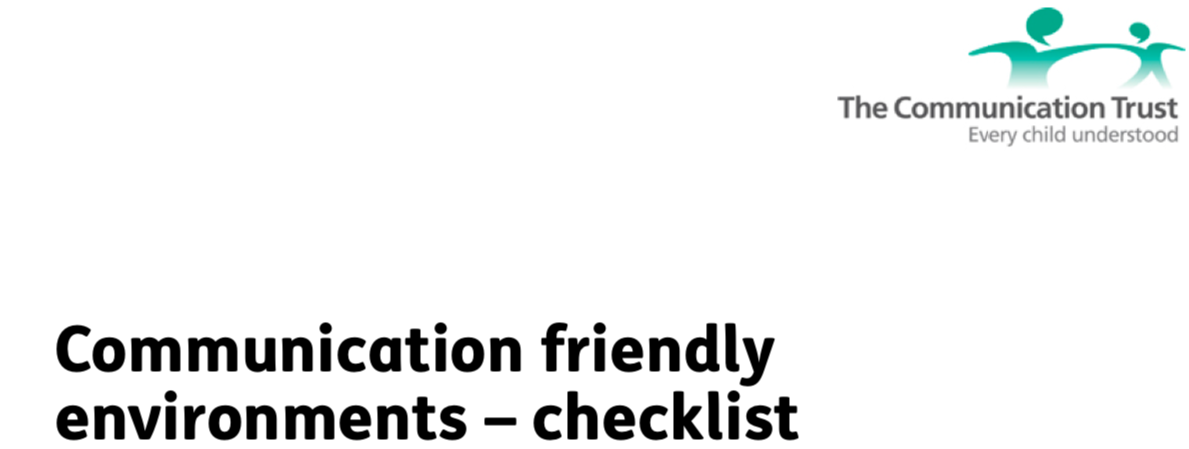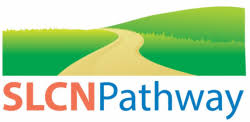How to make my setting or school a place that helps understanding, talking and communication
You haven't selected an area yet so you will only see core resources from across the UK. Select your local area from the home page
The resources here will help you reach the outcome: "I know how to create a learning environment that supports speech, language and communication for all."
Click the star icon ![]() next to the items you want to save and view them in your pathway
next to the items you want to save and view them in your pathway
TCT Communication Friendly Checklist
A child's learning environment can have a huge impact on their ability to develop speech, language and communication skills. This simple checklist has been designed for practitioners to be able to easily review their own learning environment to see how well it supports children. By completing the 15 easy to answer questions about the use of space, light and layout; noise levels; visual support; adult knowledge and interactions; routines, practitioners will be more informed about what they are doing well and what they could change to make their learning environment more supportive for communication.
Cost: Free


Parent information, advice and resources - Worcestershire
The Worcestershire Speech and Language Therapy service website provides a comprehensive range of resources, advice and You Tube videos to help parents to support their child / young person at home.
Visit the website to find:
- Information about speech, language and communication
- Free resources you can download and use at home
- Links to our You Tube channel where you will find demonstrations of activities you can do at home
- Further information about the local team, where we work and what services we provide
Cost: Free




Communication Supporting Classrooms Observation Tool
Developed as part of the Better Communication Research Programme (2012) following a review of provision for children with speech, language and communication needs, the audit tool is to be used when observing the quality of a learning space from Early Years through the first half of primary school. By auditing the environment, language learning opportunities and language learning interactions, practitioners will be more informed about what they are doing well and what else they could do to support communication.
Cost: Free



Worcestershire Workforce Audit
Speech Language and Communication Needs (SLCN) Self-Evaluation Audit for practitioners in settings and schools.
Cost: Free


BCTC Toolkit - Visual Support
Cost: Free



BCTC Toolkit - Effective Surroundings
Cost: Free


Communication Friendly Spaces Approach
The Communication Friendly Spaces Approach focuses on the role of the environment in supporting speaking and listening skills, emotional well-being, physical development and general engagement. The approach promotes learning environments that reflect the aspirations of individual organisations; regularly change according to the needs of the children using them; inform how learning happens; and reflect who and what is valued. It uses an evidence and inquiry-based learning approach to help children develop emotional security and skills across many areas.
Cost: £







